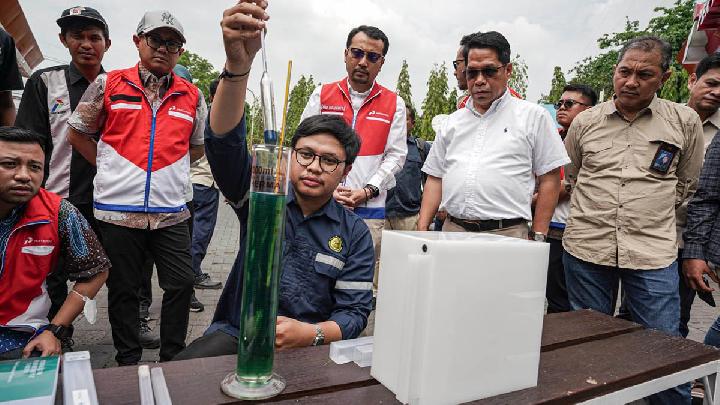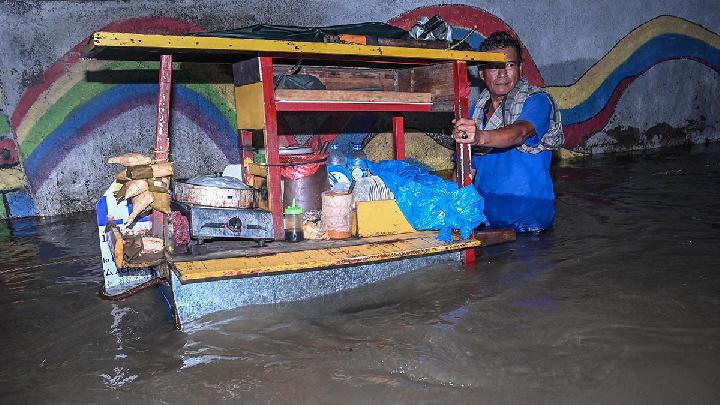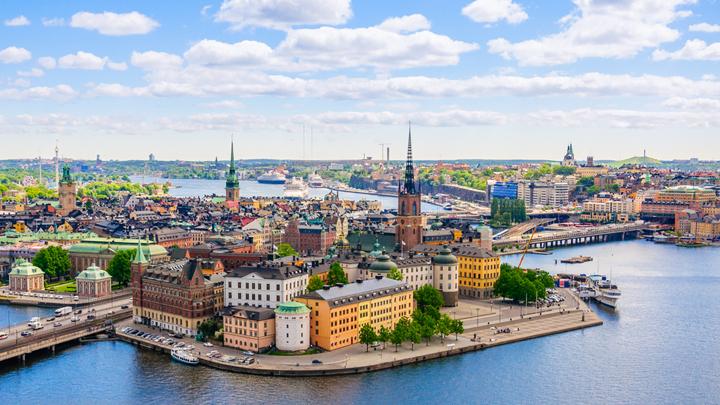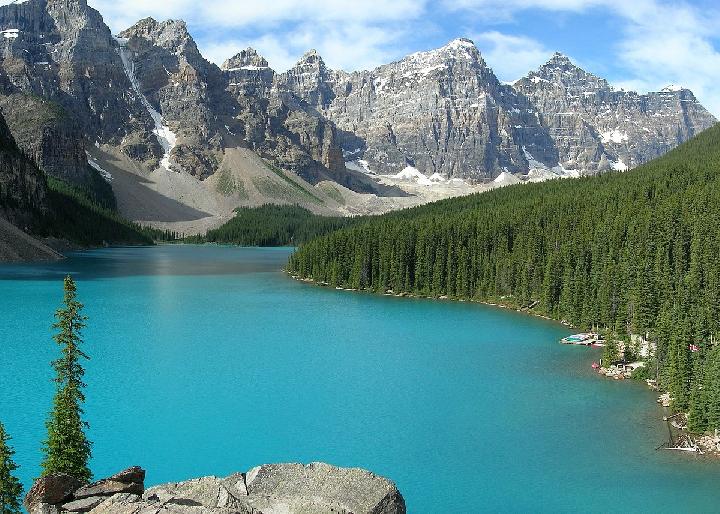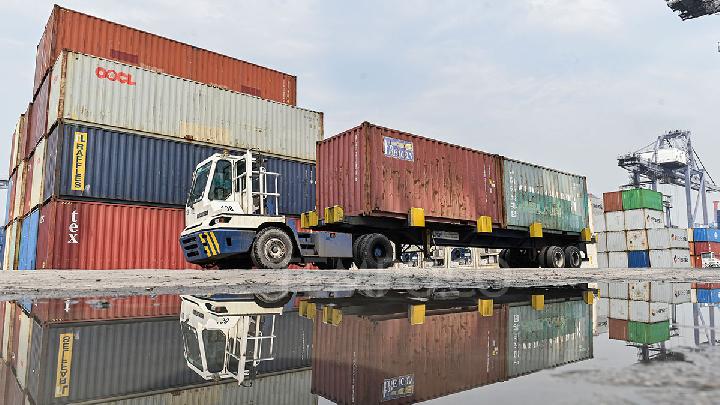August 1, 2025 | 06:16 pm

TEMPO.CO, Jakarta - Climate change emerges as a major driver of global diversity loss, on par with overexploitation and habitat destruction. A recent study published in the BioScience journal reveals that at least 3,500 animal species are directly threatened by rising temperatures, extreme storms, drought, and other climate-related stresses.
The study, led by William Ripple, an ecologist from Oregon State University, underscores that the invertebrates are especially at risk, especially marine species that have difficulty relocating as the waters gradually warm. “We’re at the start of an existential crisis for the Earth’s wild animals,” Ripple was quoted as saying in the Earth report on July 30, 2025.
“Up till now, the primary cause of biodiversity loss has been overexploitation and habitat alteration. As climate change intensifies, we expect it to become a third major threat to the Earth’s animals," he said.
Analysis of more than 70,000 species from 35 taxonomic classes based on IUCN data shows that in six invertebrate classes—including arachnids, centipedes, anthozoans, hydrozoans, and two other invertebrate groups—a quarter of the species are threatened by climate change. Mammals, birds, and reptiles are also affected, although in a smaller proportion.
Ripple highlights the oceans as the most vulnerable area because they absorb most of the heat from greenhouse gas emissions. “We are particularly concerned about invertebrate animals in the ocean,” Ripple said. “Those animals are increasingly vulnerable because of their limited ability to move and promptly evade adverse conditions.”
Unfortunately, the risk level of most species in the world has not been assessed. Of the 101 recognized animal classes, 66 have not been evaluated by the IUCN for climate impact, while this study only covers 5.5 percent of all described species.
“Our analysis is meant to be a preliminary effort toward assessing climate risk to wildlife species,” Ripple said. “Understanding the risk is crucial for making informed policy decisions.”
He also calls for the establishment of a global database on mass mortality events caused by climate change and accelerated assessment of species that have thus far been neglected. The IUCN Red List so far has focused more on vertebrates, even though this group only includes less than six percent of named animal species. Invertebrates, which are important for ecosystems such as pollination and marine food chains, still receive minimal attention.
The impact of climate change is already evident. A surge in sea temperatures in Israeli waters has led to a 90 percent decline in the mollusk population. In Canada and the U.S., extreme heatwaves in 2021 killed billions of clams and snails in a matter of days. Meanwhile, a massive coral bleaching event in 2016 affected nearly 30 percent of Australia's Great Barrier Reef.
In the North Pacific region, extreme warm spells in 2015-2016 disrupted the food chain, causing millions of common murres to starve, a drastic decline in Pacific cod populations, and the disappearance of around 7,000 humpback whales. Ripple warned, “The cascading effects of more and more mass mortality events will likely affect carbon-cycle feedbacks and nutrient cycling.”
To address this threat, Ripple emphasizes the importance of integrating conservation and climate mitigation policies. “There is also a need for more frequent climate risk assessments of all species and better consideration of adaptive capacity," he said. He also advocates for direct monitoring of mass mortality events and the involvement of citizen science and genetic data in risk models.
With global temperatures approaching the 1.5°C threshold, researchers emphasize that climate change is no longer a future threat but a real crisis exacerbating pressures on wildlife. The government's response to these findings will determine whether the number of threatened species can be reduced or will continue to increase.
Editor’s Choice: Illegal Hunting and Land Clearing Threaten Papua's Birds
Click here to get the latest news updates from Tempo on Google News
From Concrete to Canopy: The Grey-to-Green Shift Urban India Urgently Needs
1 hari lalu

India is experiencing a dramatic rise in temperatures. Each year, new temperature records are set, with 554 heatwave days from 2022 to 2024.
Indonesia Allows Shipment of Protected Animals to India from These Two Locations
4 hari lalu

Animals entrusted to the Jakarta and South Kalimantan Natural Resources Conservation Agencies (BKSDA) were sent to PT Fauna Land and Johnlin Wildlife Park.
A Comprehensive Guide to Air Quality Index as Jakarta Globally Ranked Second-Worst
8 hari lalu

Jakarta's Air Quality Index (AQI) on Wednesday, July 23, 2025, indicates unhealthy air conditions with 183.
UN Chief Declares World on Brink of New Clean Energy Era as Fossil Fuels "Flail"
9 hari lalu

United Nations Secretary-General Antnio Guterres declared that the world is on the cusp of a new era, with clean energy on the rise.
Top 10 Hottest Cities in the U.S., Average Temperatures & Climate Trends
10 hari lalu

The hottest cities in the U.S. stretch from coast to desert, including Phoenix, Brownsville, and Las Vegas, where sunshine is a way of life.
What Country Has No Rivers? Here Is the Complete Global List
14 hari lalu

Whether vast deserts or tiny island states, each of these countries with no river has found its own way to survive without one of nature's resources.
Rolling Back on Climate Commitments
15 hari lalu

The government is revising Indonesia's climate commitment document. A weak economy is an opportunity to reduce carbon emissions.
Green Building Ratings Crucial to Address Climate Change
16 hari lalu

Transition to green buildings requires a structured and measurable approach that integrates sustainability at every stage of the building's lifecycle.
Top 10 Largest Aquariums in the World that Are Must Visit
17 hari lalu

Though it only opened in 2023, China's Chimelong Spaceship holds the title of the largest aquarium in the world.
European Heatwave Claims Over 2,300 Lives; Here's What Experts Say
20 hari lalu

The number of casualties due to heatwaves is expected to increase if the temperature rises by two to three degrees.

